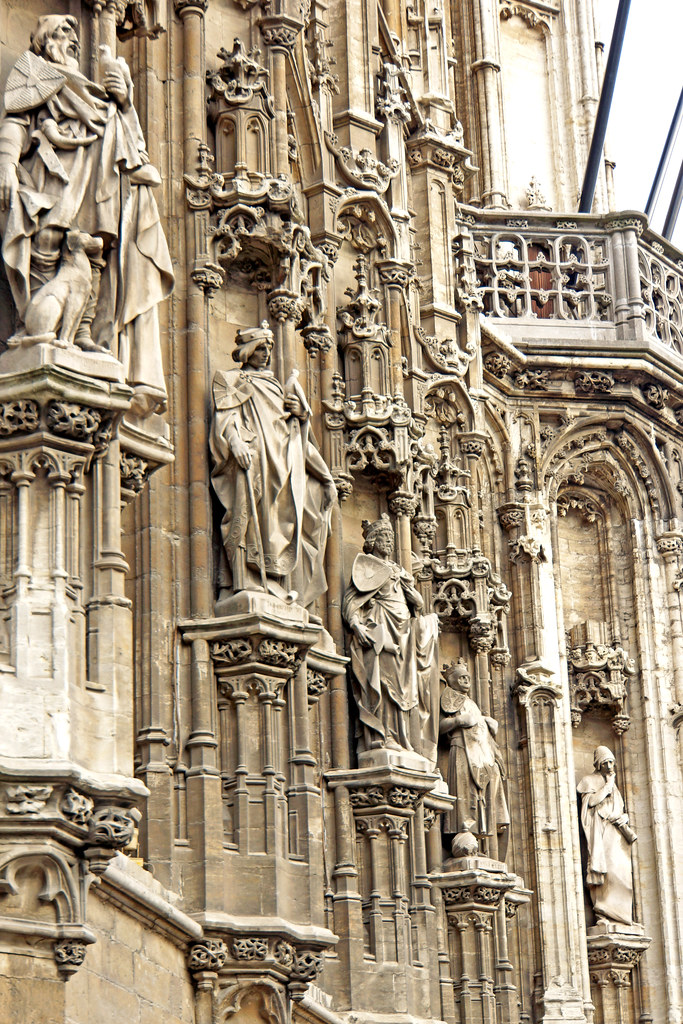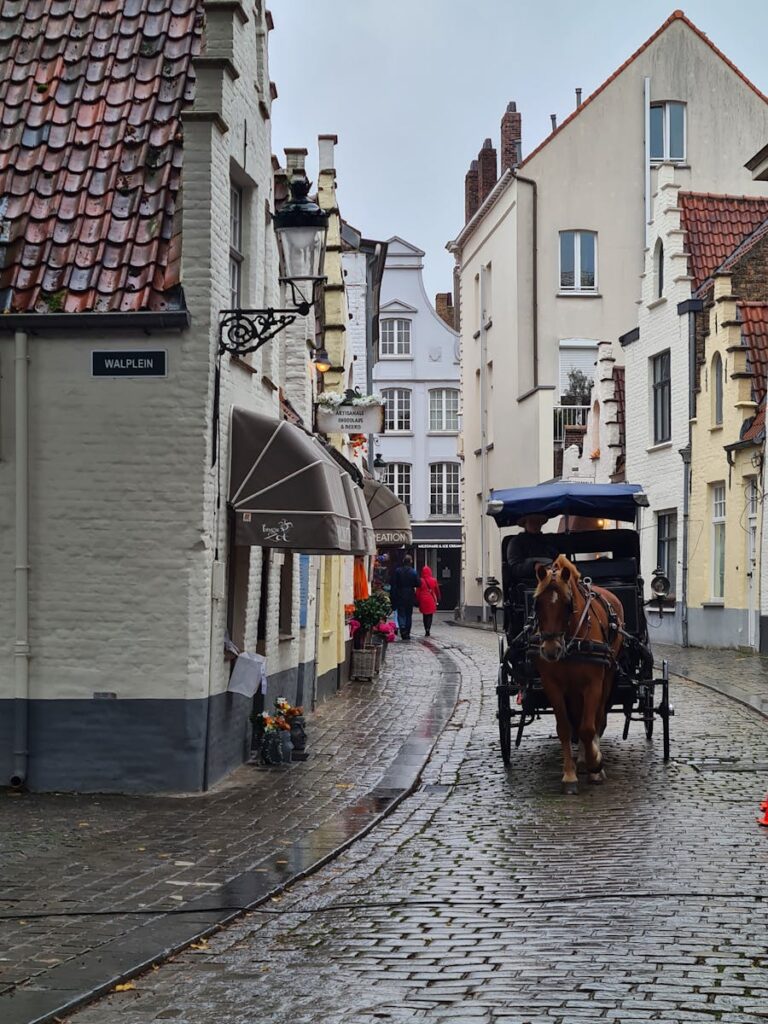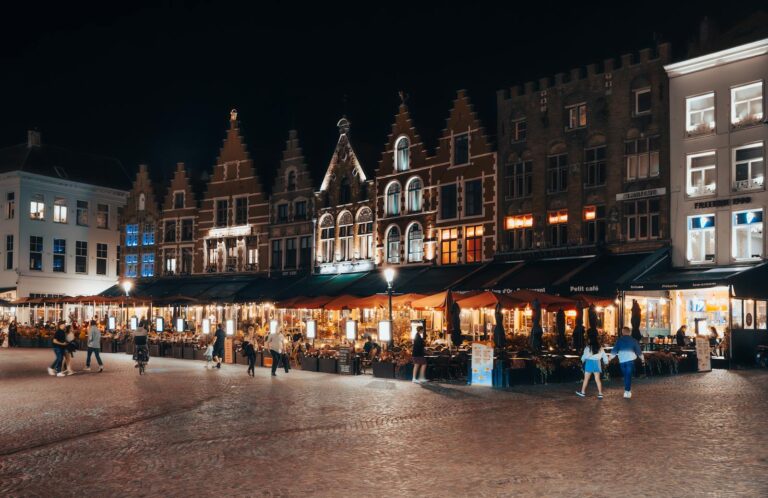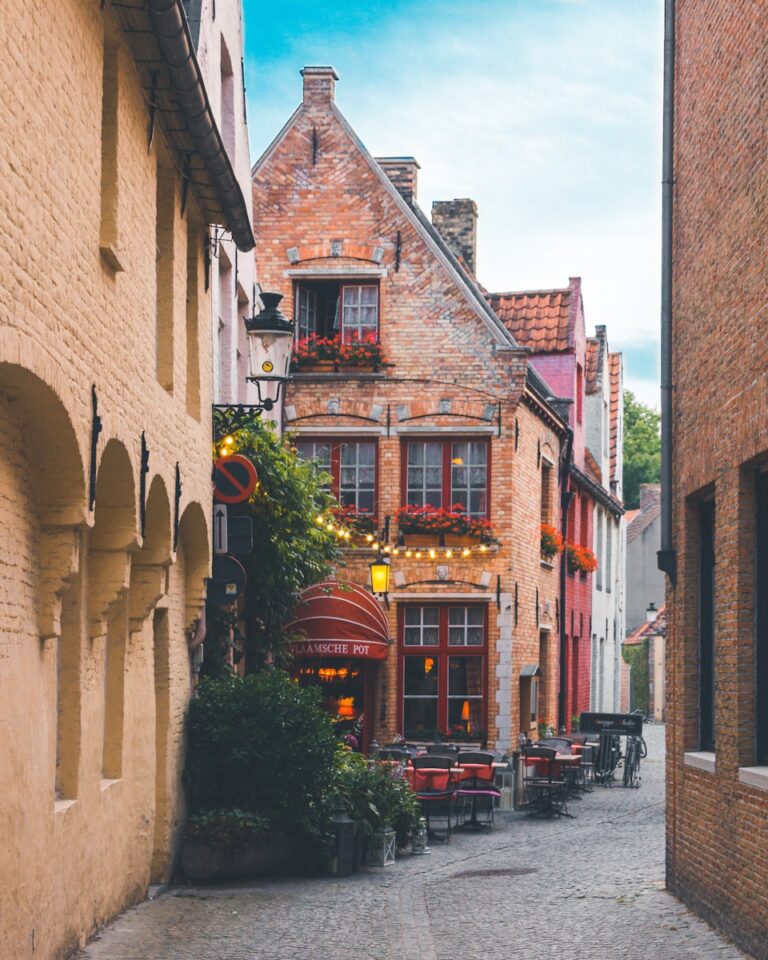The Graffiti Streets On the streets, you will be drawn into street art whether you like it or not. Certainly,...
Unique Altar Painting Before the Covid pandemic, tourists from many parts of the world flocked here to...
Having arrived in Brussels, the capital of Belgium, one cannot miss Ghent (In French: Gand.) This capital...
Drink, And Eat in The City The people of Bruges value beer as if this pale yellow liquid flows through...
What Can You See There? The city center of Bruges is made up of several squares. Markt and Burg, the...
Bruges Not Just The Old Quarter Bruges is indeed captivating with its ancient houses and cathedrals,...





